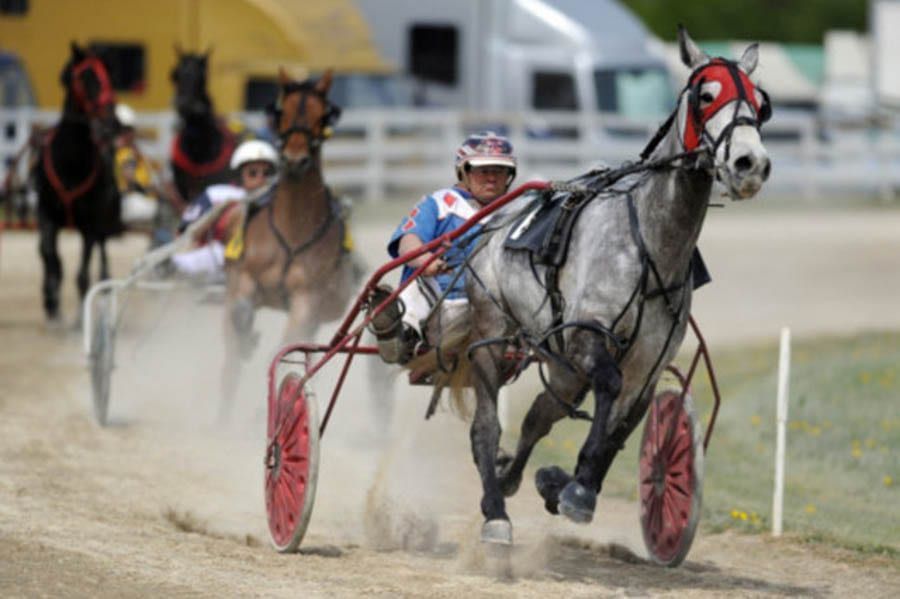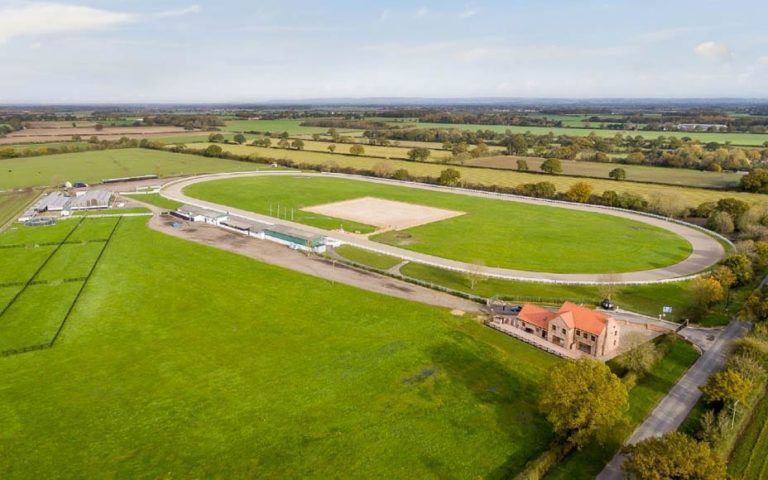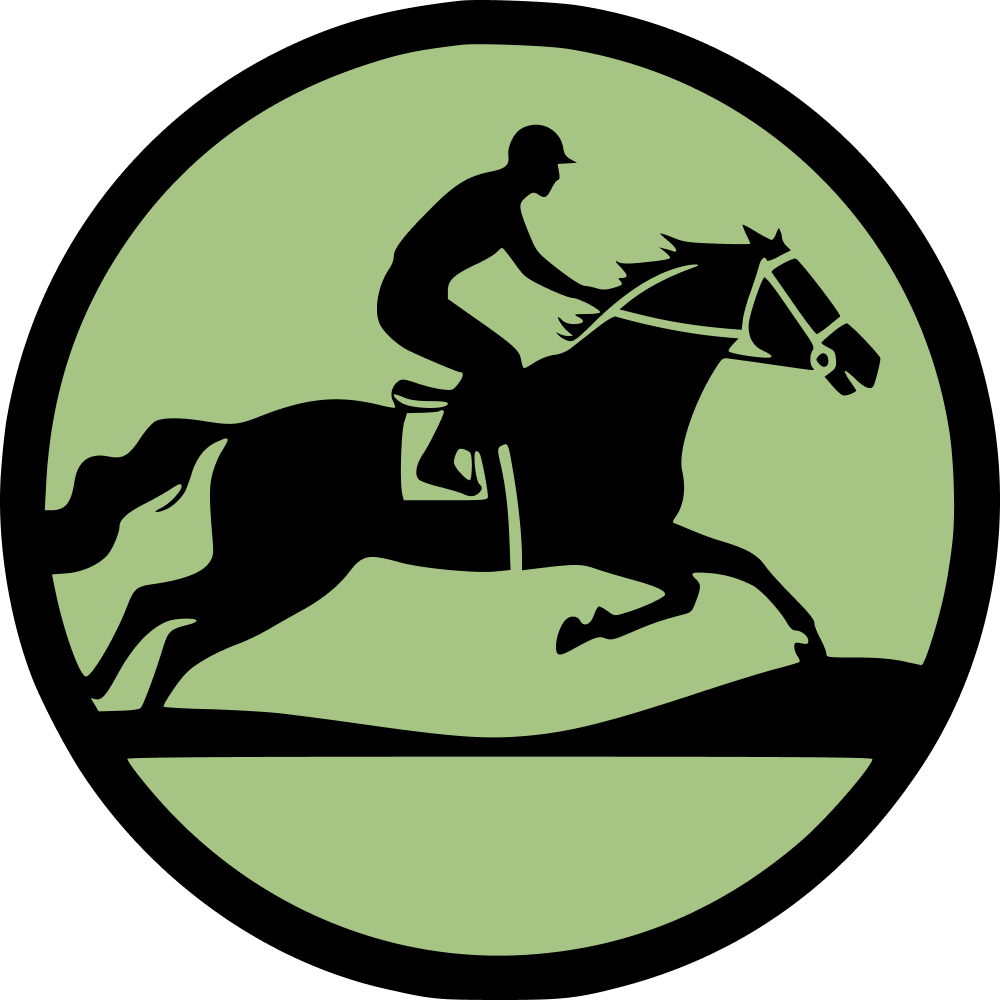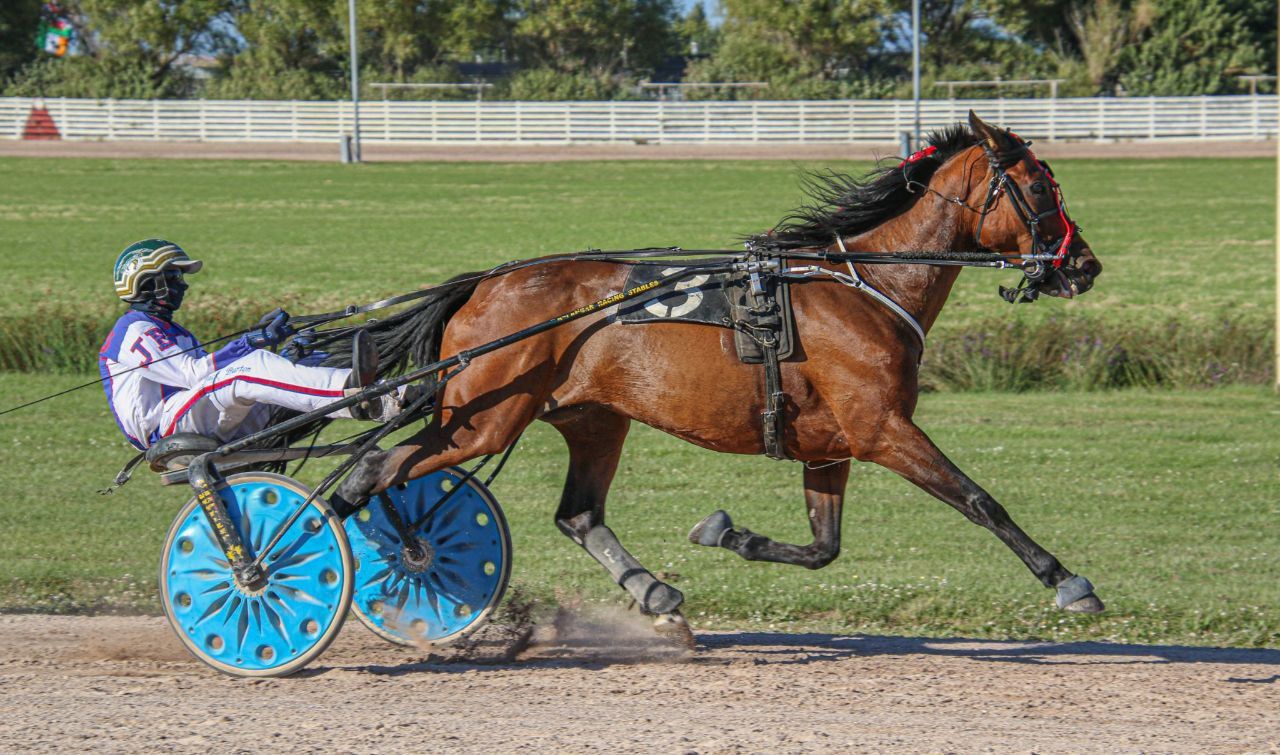The origins of harness racing in Britain date back to 1750, when the Earl of March and the Earl of Eglintown made a notable wager on the 29th of August at Newmarket Heath. They staked 2,000 guineas on the proposition that a four-horse team pulling a four-wheeled carriage with a single occupant could traverse 12 miles in less than an hour.
During the 18th and 19th centuries, similar long-distance competitions involving horse-drawn teams were a popular form of entertainment throughout Great Britain. However, by the end of the 19th century, harness racing had made a transition from the open roads to purpose-built tracks.
In America, a specific breed of horse called the standardbred was developed explicitly for harness racing. Its lineage can be traced back to the esteemed Messenger, a purebred stallion imported from Great Britain in 1788. In 1879, a standard was set for this breed: the ability to cover a mile by walking or trotting in no more than 2 minutes and 30 seconds. It is from this "standard" that the breed derives its name.
Standardbred horses were subsequently imported to Great Britain, as well as to Australia and New Zealand. The Trotting Union of Great Britain published the first studbook of English trotters in 1892, with 70 mares and 79 stallions registered by the turn of the century. Although maintenance of the studbook was interrupted, it resumed in 1967.
In the late 1990s, STAGBI was established - the Standardbred and Trotting Horse Association of Great Britain and Ireland. This organization oversees the studbook of horses in Great Britain and Ireland, managing registration and passport issuance, and providing guidance on export and import, change of ownership, and other related matters.

In the United Kingdom, several organisations play pivotal roles in the organisation of harness racing:
The British Harness Racing Club (BHRC) serves as the principal trotting club in Britain. As the primary governing body of the industry, it formulates rules and regulations, disseminates sports history, news, track and competition information, results, and calendars.
Scottish Harness Racing oversees harness racing activities in Scotland. It arranges races at Corbywood and other tracks, maintains the competition calendar, and offers comprehensive information on the progress of racing in Scotland.
Wales and Border Counties Harness Racing focuses on trotting races in Wales and the Border Counties. It hosts competitions within Wales and the borderlands.
Various racing clubs, such as the Amman Valley Trotting Club, Eden Valley Harness Racing, Musselburgh Fair Day, YarkHarness Raceway, and others, collaborate with the BHRC and uphold race calendars.
The Breeders Crown UK and Ireland represents the pinnacle of breeding achievement in the United Kingdom and Ireland. This annual event, organised by standardbred horse breeders, has been held since 2006 at the country's premier racetracks. It serves as a landmark occasion for the industry, drawing significant spectator interest.
Harness racing in the UK is distinctive in that it features both trotters and pacers, unlike many other European countries where only trotters participate. These two categories of horses exhibit distinct gaits: trotters move in a diagonal pattern, with their front left and back right legs moving in unison, followed by their front right and back left legs, while pacers synchronise their legs on each side, resembling a walking motion.

Among the notable horse racing tracks in England where harness racing takes place are York Racecourse in Poole Lane, Corbywood, and Tier Prince Racecourses. The latter is situated adjacent to an amusement park, making it one of the most frequented destinations for trotting horse racing enthusiasts.
In addition to the prestigious Breeders Crown, significant national competitions include the British STAGBY Championship for 3-4-year-old horses of British origin. The BHRC hosts the annual Sire Stakes, which draws the finest draft horse sires. The Sire Stakes trotter programme originated in the 1960s in New York and has since been adopted by numerous harness racing nations. The annual Vincent Delaney Memorial Racing weekend, which garners thousands of sport enthusiasts, is set to include a women's charity race in 2024.
In 2023, the country hosted 29 Grade 1 races and 14 Grade 2 races. According to the BHRC, there are a total of 26 licensed harness racing tracks and 9 independent ones in the country. Race days are vibrant affairs, drawing crowds of spectators to the racecourses. Associations of horse owners and racing associations are actively cultivating their respective domains. British horses frequently participate in international races, bringing home prestigious awards.
Although harness racing enjoys considerable popularity among the public in the United Kingdom, it receives limited media attention, and not all bookmakers accept bets on these events. This suggests that the industry may benefit from restructuring and increased support from investors and stakeholders to achieve the same level of recognition enjoyed by thoroughbred horse racing, which holds a special place in the esteem of the Royal Family. Nevertheless, the fervour for harness racing among enthusiasts remains unwavering.

